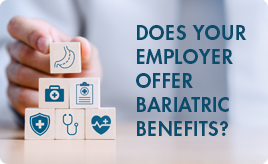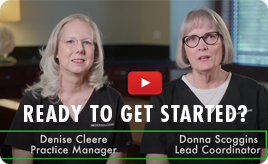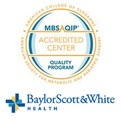Upper GI endoscopy (EGD) allows your doctor to look directly into the beginning of your gastrointestinal (GI) tract. The esophagus, stomach, and duodenum (first part of small intestine) make up the upper GI tract. The exam is done with a fiber optic endoscope; a flexible lighted tube that allows the doctor to see, obtain samples and take pictures of the inside of your GI tract.
Before the Exam
Follow these and any other instructions you are given before your endoscopy. If you don’t follow the doctor’s instructions carefully, the test may need to be cancelled or done over.
- Do not eat or drink anything after midnight the night before your exam.
- Take your morning medications with a sip of water. Do not take diabetes, blood thinning or aspirin medications that morning.
- If you take any type of blood thinners such as Aspirin, Lovenox, Coumadin, etc. Please notify us as you will be required to obtain clearance from our prescribing physician prior to the EGD.
- Because you will be sedated, arrange for an adult to drive you home after the exam.
- Tell your healthcare provider before the exam if you are taking any medications or have any medical problems.
The Procedure
- You lie on the endoscopy table.
- Your throat may be numbed with a spray or gargle. The medication helps keep you from gagging. You are also given sedating (relaxing) medication through an intravenous (IV) line.
- You swallow the endoscope. This is thinner than most pieces of food that you swallow. It will not affect your breathing.
- Air is inserted to expand your GI tract. It can make you burp.
- The endoscope carries images of your upper GI tract to a video screen. If you are awake, you may be able to look at the images.
- After the procedure is done, you rest for a time. An adult must drive you home












